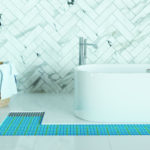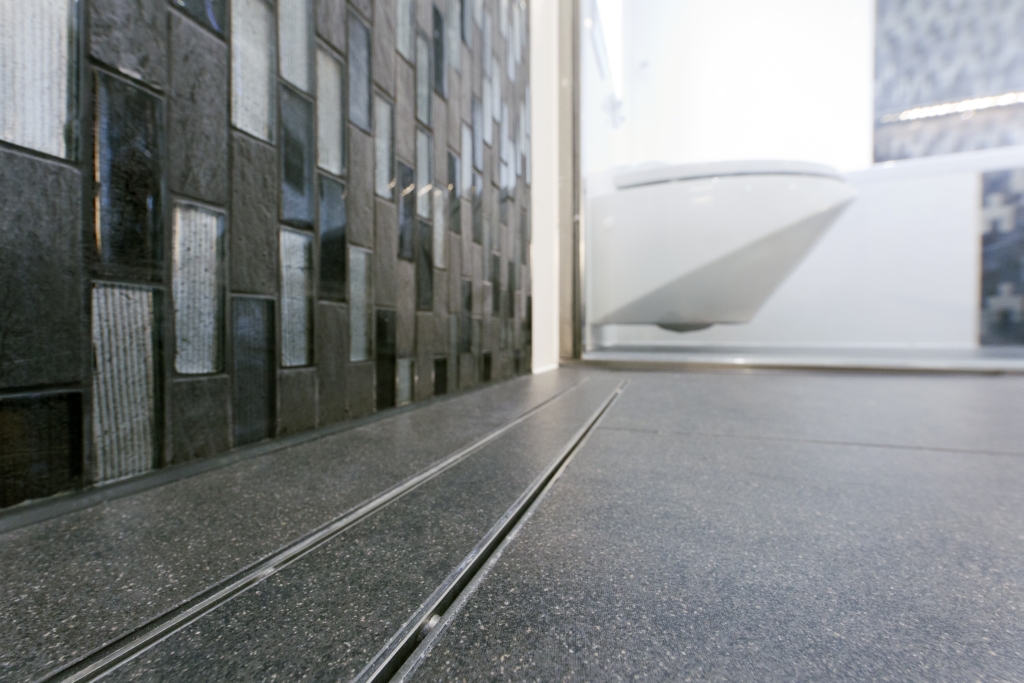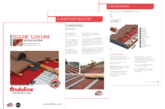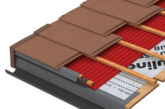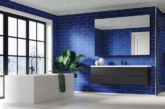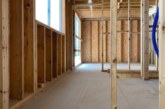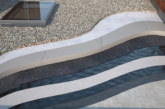It is believed that around 75% of post-construction problems with buildings are due to water ingress. Because of this, it’s vital that adequate waterproofing solutions are put into place as early as possible in the construction process.
90% of water intrusion happens at building junctions, such as seams between facades or between roof tiles. Common reasons for water ingress are:
- Missing or damaged roof tiles
- Deterioration of mortar in brickwork
- Defective or non-existent damp proof course
- Blocked air bricks
- Defective flashing around window frames
- Punctured or poor quality membrane beneath floors and skirting
- Poorly ventilated flooring
To remedy the presence of water ingress, the area must be thoroughly dried out and the entry of further water must be prevented.
How to Achieve Adequate Waterproofing
There are many areas that need to be considered depending on the type of construction:
- Structural Waterproofing
To protect any kind of structure from water ingress, it is imperative to apply appropriate waterproofing mechanisms during construction.
- Basement Waterproofing
Basements have gained popularity across the UK, especially in London. Required waterproofing in this space should include pre-applied membranes for new external basements, and fully applied cementitious tanking for internal basements.
- Drainage Membranes
The right drainage materials must be installed to work in conjunction with the waterproofing solution that has been put into place around/beneath it.
- Concrete Waterproofing
Either tanking membrane or waterproofing admixtures can be used to protect concrete from the effects of water. Admixtures can be added to the concrete mix to help achieve water-resistance.
- Ground Gas Waterproofing
In buildings with gas works, it’s advisable to use fully encapsulated external hydrocarbon membranes and fully sealed and tested radon internal water management systems.
- Deck & Balcony Waterproofing
A combined approach is suggested for waterproofing areas such as decks, balconies and terraces. Membrane options include the latest spray technology to ensure even and adequate coverage.
- Plant Rooms & Raised Access Floor
Plant rooms should be sealed with epoxy floor coating, and fully bund-lined tanking should be used under raised access floors. Fabricated steel bunding systems are required to retain water leakages such as from a burst pipe or fire sprinkler.
The effects of poor waterproofing during construction
Many buildings suffer from considerable damage due to inadequate waterproofing solutions from the time of construction. One such building was the British Museum, which was forced to carry out extensive works to protect various priceless artefacts from water ingress. Works to repair the area and inhibit further damage included:
- The application of RIW Cementseal cementitious waterproof coating
- RIW Cementfill FC used to repair and improve piles foundations
- Substructure raised and RIW R7 Cavity Drain installed to perimeter walls
- Application of RIW Structuralseal, pre-applied Sodium Bentonite System & RIW’s R20 membrane to the ground bearing slab
- RIW Overtape used to protect and seal cavity drain membrane at all floor-wall-ceiling junctions
The area was also prepared for future maintenance with the installation of RIW inspection ports within the channel.
The Latest Waterproofing Regulations
In July 2018, legislation changed regarding waterproofing wall and floor tiling. The British Standards Institute introduced BS 5385-1: 2018 clause 6.1.1.3. This essentially stipulates that any ‘wet area’
(defined as a wetroom, bathroom, steam room and shower area) has a tanking membrane in order to keep it fully waterproof. This was always required for commercial settings, but is now recommended for domestic as well.
Proper tanking membrane is vital to waterproof such areas, and tiling alone is insufficient. Grout used to tile is not 100% waterproof and over time water will be soak in and reach the substrate. If the substrate has not been adequately treated with a membrane, water will seep through and cause damage such as damp and mould.
When planning the construction of a building, it is absolutely crucial to give due consideration to its waterproofing properties. The damage that can be caused by water ingress is sometimes devastating, and in the case of the British Museum could have resulted in the destruction of priceless artefacts. With proper attention to detail and the use of the latest waterproofing methods, it should be possible to achieve a 100% watertight building that experiences no problems in later years.
Written by Jo Langdon, Marketing & Communications Co-ordinator at CCL Wetrooms, UK’s leading manufacturers of wet room drainage and tanking systems to house builders and architects.

